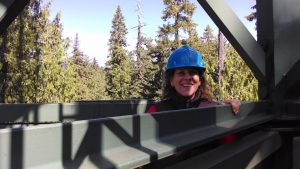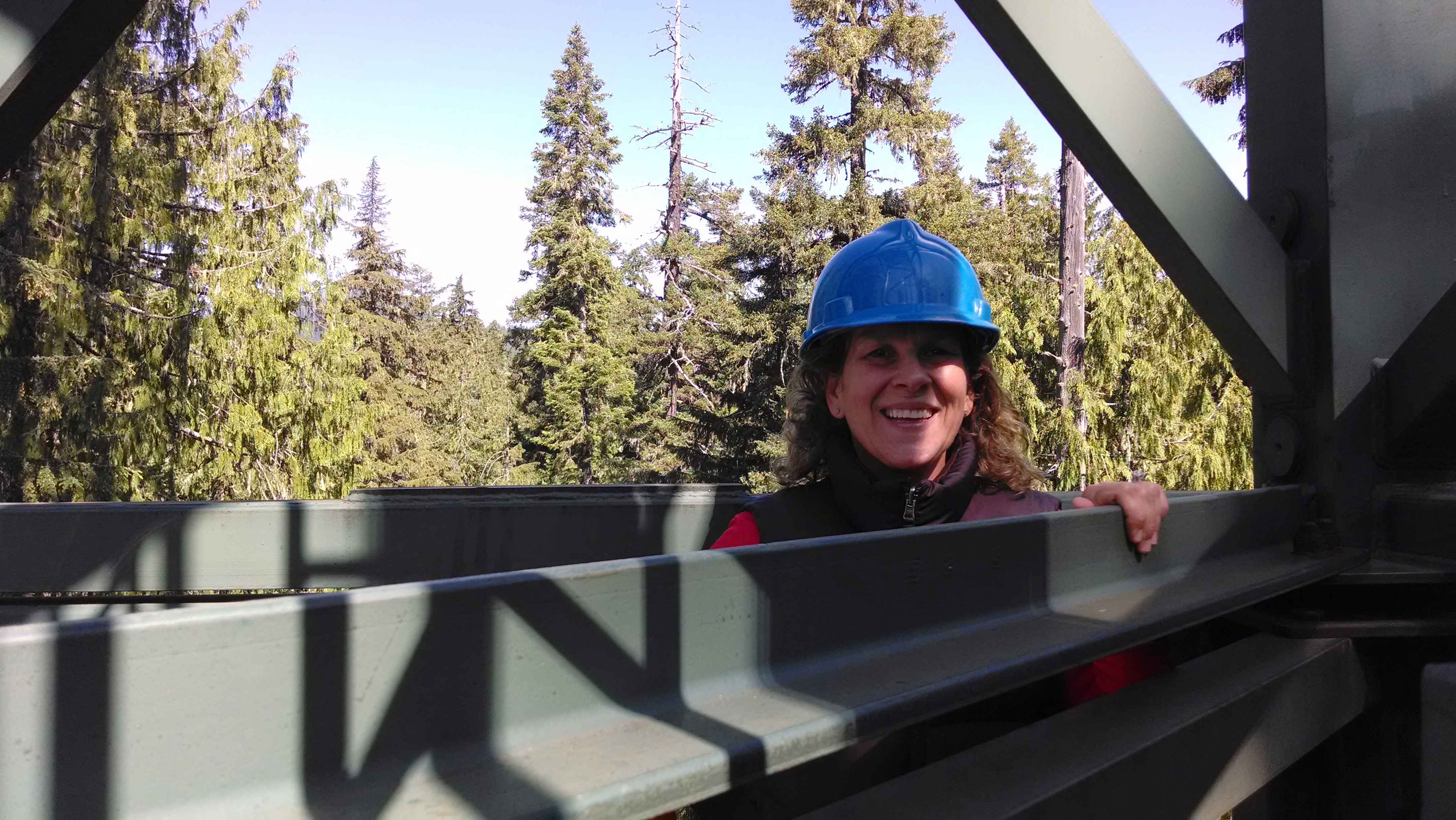
TUSCALOOSA, Ala. — Using satellite imagery and computer modeling, a research team led by The University of Alabama hopes to understand the future implications of the management of the nation’s forests.
The project is part of the National Science Foundation’s MacroSystems Biology and Early NEON Science program aimed to help better detect, understand and predict the effects of phenology, climate and land-use changes on living systems, and the feedbacks to the environment that cross local and continental scales. NEON stands for the National Ecological Observatory Network.
Dr. Christina Staudhammer, UA professor of biological sciences, said land use and local considerations often drive forest management, but her group wants to understand how management practices across the United States weave together to influence resources from forest ecosystems including animal and plant life, carbon sequestration, water quality and timber resources both now and under different scenarios in the future.
“Forest management has been going on for hundreds of years, and it’s continual and everywhere. But, it’s interesting that, as a country, we don’t have good historical records in terms of management even on the publicly held lands,” she said.
“There are implications for forest management on a regional scale, but no one has ever tried to put those into models. We just assume the forests are going to continue to be exactly as they are in the future.”
The work builds off a previous NSF project Staudhammer led to map the forest management techniques in the Southeast and the Pacific Northwest, extending the map, during this latest project, to cover all of the U.S. except Hawaii.
Once the difficult task of mapping the different types of forestry management practices is complete, researchers will feed the data into computer models to test how forests managed with different practices respond to environmental changes, such as natural disasters or timber harvesting, as well as changes in management, land use and policy.
“The big question we are asking is ‘what’s going to be happening to our ecosystem services from these forests in the future?’” she said. “What happens when management changes? We could end up with very different forests than we had beforehand.”
The goal is to inform federal and state policy and management, assisting future policymakers in understanding how changes influence ecology and economic development.
Along with Staudhammer at UA, the team includes researchers from the University of Wisconsin and Boston University. Also, the team will collaborate with researchers from Colorado State and Montana State universities as well as the University of Florida.
Contact
Adam Jones, UA communications, 205-348-4328, adam.jones@ua.edu
Source
Dr. Christina Staudhammer, 205-348-1538, cstaudhammer@ua.edu
